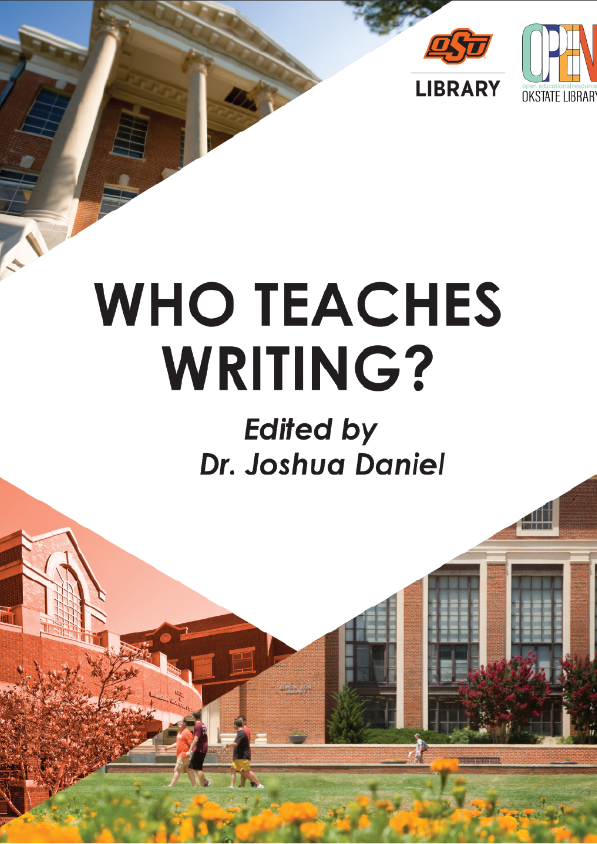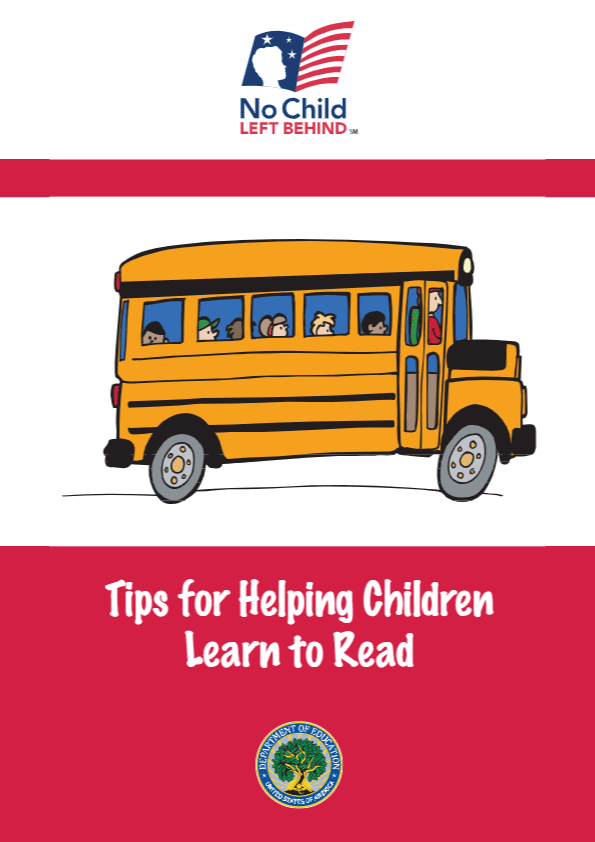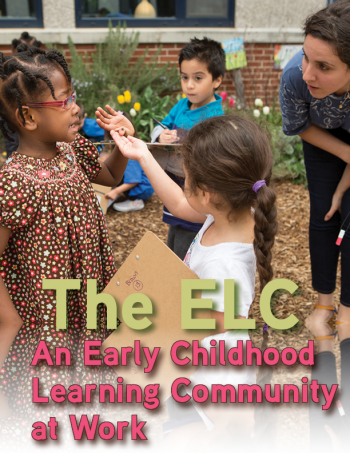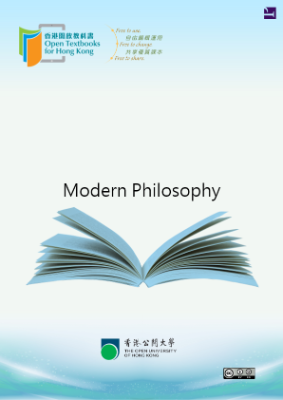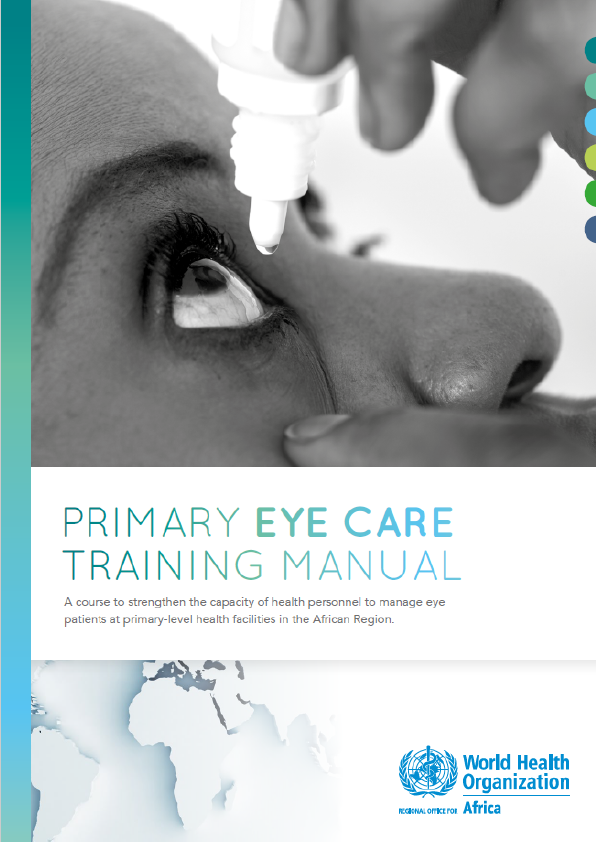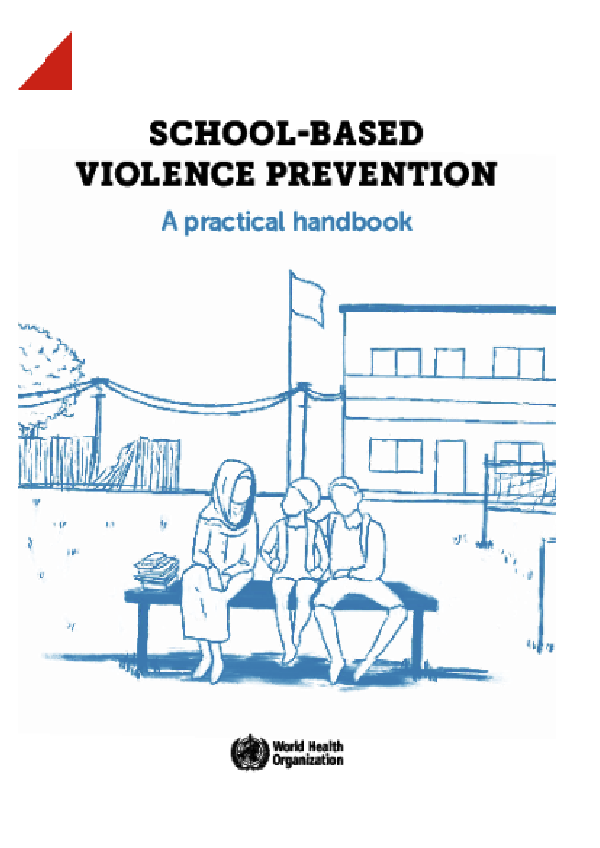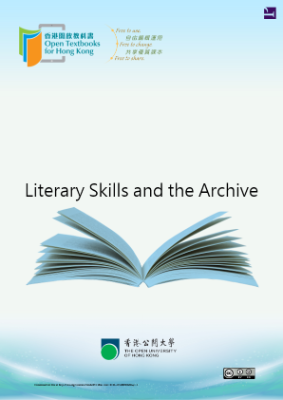Accessibility features of the web version of this resource
The web version of Who Teaches Writing has been designed with accessibility in mind. It is our goal to optimize the resource for people using screen-reader technology. Content should be navigable using a keyboard, and links, headings, and tables should be formatted to work with screen readers. All images considered essential include alt-tags. Information is not conveyed by color alone, and there is an option to increase font size. (See tab on top right of screen titled, “Increase Font Size.”)
- It has been optimized for people who use screen-reader technology.
- all content can be navigated using a keyboard.
- links, headings, and tables are formatted to work with screen readers.
- All images in this guide are screenshots that are considered non-essential as they are described fully in the text. As such, they do not include alt tags.
- Information is not conveyed by color alone.
- There is an option to increase font size. (See tab on top right of screen titled, “Increase Font Size.”)
Choosing a Story to Tell
The word memoir comes from the French mémoire, meaning “memory,” or, more specifically, a person’s memory of their own experiences. Perhaps you’ve heard of memoirs as long, narrative books that famous, older people write about their lives, but anyone, of any age, can write a memoir. The memoir’s length can be thousands of pages, focusing on many memories connected by a theme (like the writer’s experience with their dad over twenty years), or it can be a short essay focusing on one clear memory.
For this class, you’ll be writing a narrative essay (not a book!), so it’s easiest to pick one memory for your focus point. While the subject of a memoir can be anything at all, memories that work well for memoir have a few common characteristics:
- The remembered event happened long enough ago that the writer has gained new perspective on the event, or a more mature way of viewing the situation in light of other experiences and personal growth.
- The remembered event inspires complex emotions in the writer to this day. Perhaps those emotions include a mix of pride and sadness, or a mix of anger and joy. The work of memoir involves puzzling out why a memory is important, and how the writer feels about that memory.
- The memory includes at least one clear, concrete image that the writer can develop into a scene, a particular moment on the page that takes place in a specific space.
In the memoir essay “Chop Suey,” Ira Sukrungruang 1 tells a story of a visit to a bowling alley with his mother that happened when he was a child, long before he crafted the essay. In the memoir essay “Dogged,” Barrie Jean Borich 2 describes a dog she saw running across the highway when she was a young woman, twenty-five years before she wrote the piece. But there’s no set amount of time that needs to have passed, as long as you’ve been able to gain perspective on that memory. Perspective, in a memoir, means the ability to see the memory with more complexity than you could see it at the time, and the ability to put the memory in context of the world around you and other events in your life. The memory also needs to have taken place long enough ago for you to take advantage of your brain’s natural memory sifting process. When something happened last week, it’s often difficult to decide which parts of the story are worth telling, leading to long, dull passages like packing a suitcase for a trip. Years after the event occurs, you’ll have forgotten the inconsequential details, and you’ll be more able to focus on what, for you, was worth remembering.
